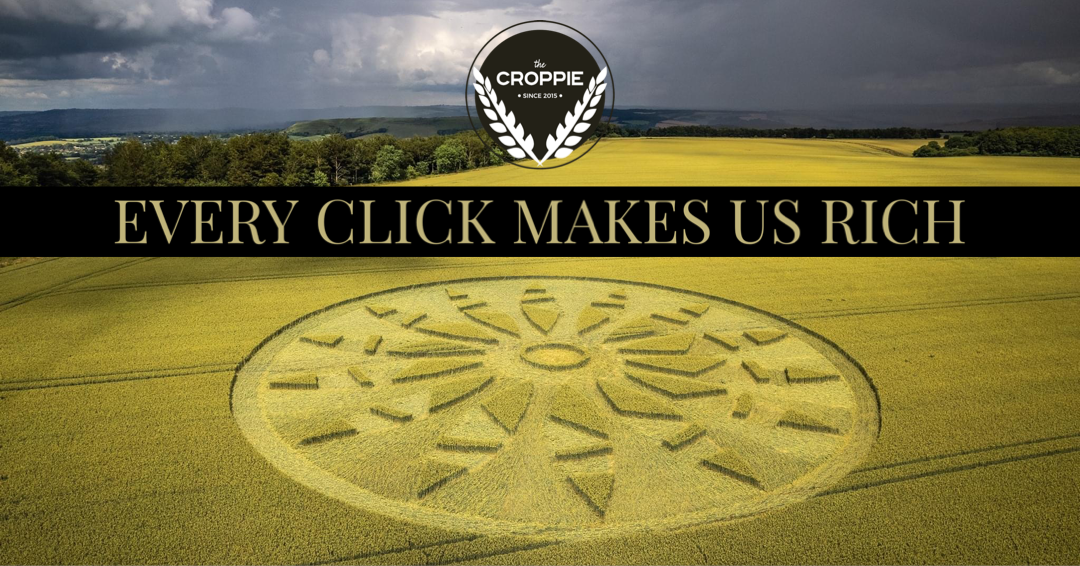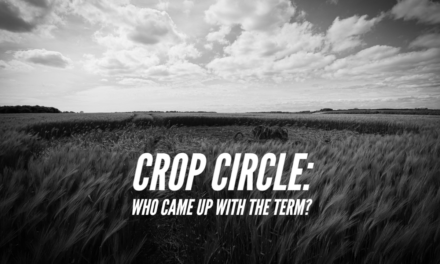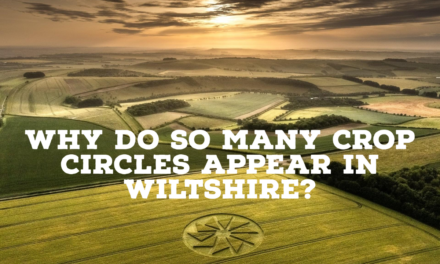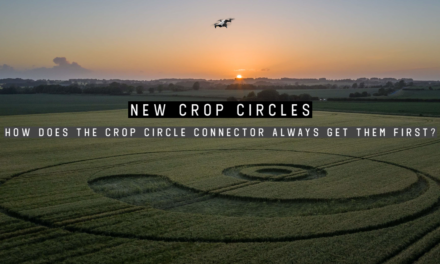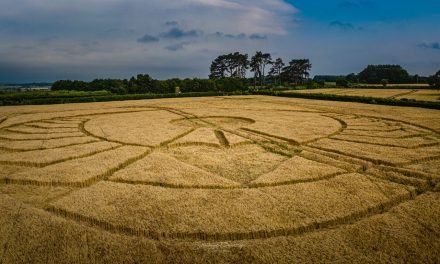The recent hoax in Dorset contained fourteen unevenly shaped petals at the core of its construction. One defender of the pseudo-circle’s appearance attempted to pass this off with the excuse that fourteen-fold geometry is more difficult to produce than six-fold or twelve-fold geometry. Another apologist — albeit using the same Facebook account — suggested the circle would be near enough impossible to produce with any accuracy as a laser level was used in its construction. Is there any truth to these claims? Let’s take a look…
![[photoshop:Headline]. [photopress:stringOfKeywords].](https://thecroppie.com/wp-content/uploads/2021/07/img_7644-1024x961.jpg)
Summat to do with Lasers?
To work out the starting points of the fourteen arcs involved in the construction of the petals, anyone using a laser level would indeed be facing a tough task. The maker would need to divide the circle’s 360 degree circumference into fourteen equally sized segments of 25.714 degrees. That’s a real challenge, rendering the use of a laser level redundant. Any pseudo-circle maker attempting this would be their own worst enemy.
It’s more logical to believe the method employed by pseudo-circle hacker Dan Davies was more traditional. Indeed, this is what he screamed to the world on social media. He would have, at least in theory, positioned fourteen equally spaced markers on the construction circle touching the outer tips of the petals. But is fourteen-fold geometry more difficult to produce this way than six or twelve-fold?
Six-fold Geometry
If you’re not even sure what six-fold means then have a look at Hugh Newman’s beautiful image of the lovely 2021 circle at Avebury. The formation contains a hexagon which, of course, possesses six sides and six vertices (corners). The formation also contains six curves flattened into the hexagon. In other words, the formation is constructed around the number six.
![[photoshop:Headline]. [photopress:stringOfKeywords].](https://thecroppie.com/wp-content/uploads/2021/07/208280472_2857017671176843_3483122730533604072_n.jpg)
Photograph by Crop Circles From the Air
Let’s take that Avebury crop circle. Look closely and you’ll see the vertices of the hexagon sit within a smaller circle. If humans were responsible they would have made this circle with a radius of, say, 30m and been able to place down six evenly spaced markers on the circumference, each precisely 30m apart.
Twelve-fold Geometry
Let’s move on and now look at twelve-fold geometry, illustrated by a circle close to Sixpenny Handley, Dorset, from 2020:
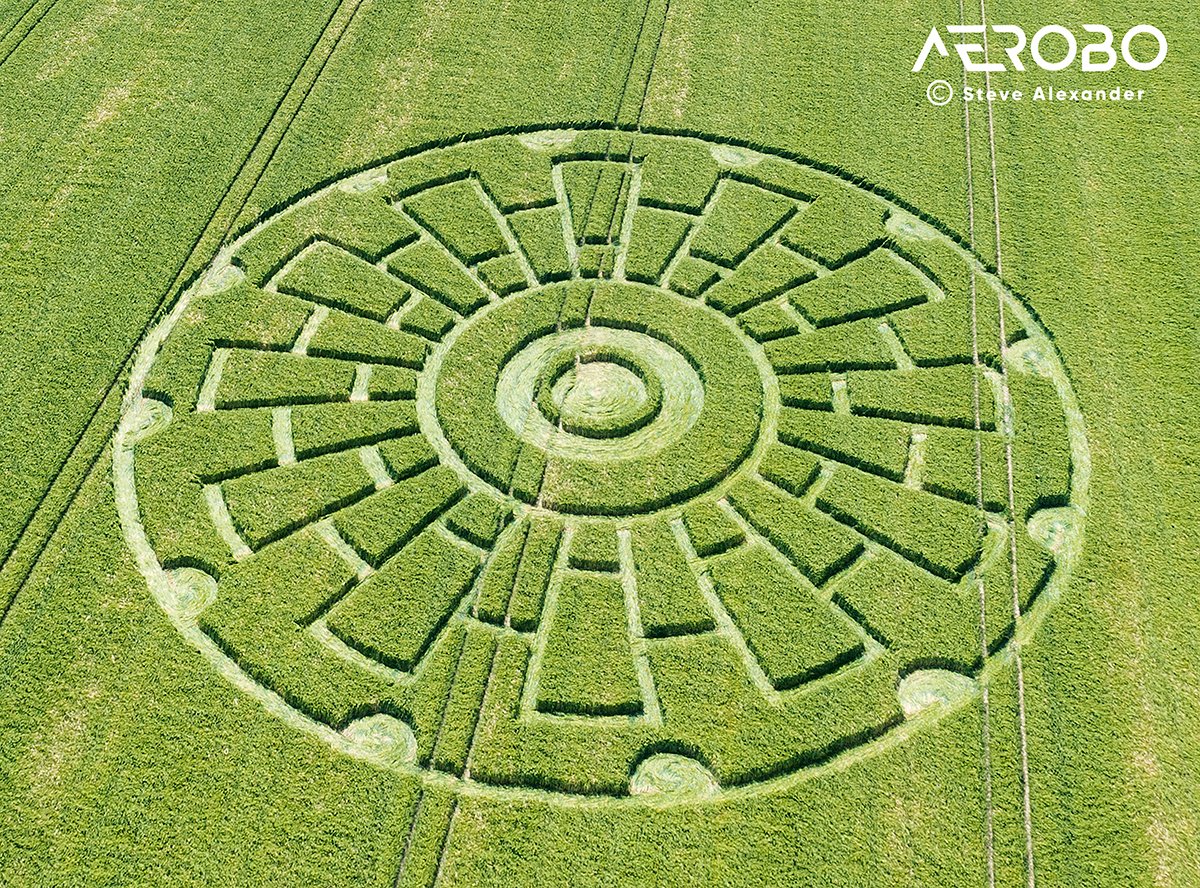
Photograph by Aerobo/Steve Alexander
You may think the simple way to have marked out the twelve points would be to use the knowledge that twelve is double six. So, again using 30m as the radius, you’d probably expect the twelve markers to be evenly spaced 15m apart (30m divided by two). But things aren’t that easy … the measurement between markers on the circumference actually needs to be 15.53m.
What? How? Why?
Look at the twelve points as marking the vertices of a regular twelve sided polygon: a dodecagon.

To calculate the side length (I.E. the distance between two evenly spaced markers on a circle’s circumference) for a regular polygon we need to use the following formula:
2radius sin(π/number of vertices)
Or, to make it clearer: 2 x radius x sin(3.142/number of vertices)
Allowing for discrepancies caused by the number of decimal places used in the working, the answer is around 15.53cm.
The Magic Calculation
So what formula do we use for making a fourteen-fold, fifteen-fold, sixteen-fold or whatever-fold circle?
2radius sin(π/number of vertices)
That’s exactly the same calculation for twelve-fold geometry and, if you care to check it, six-fold geometry.
But It’s Still Easier To Make Six-fold and Twelve-fold Circles, Right?
Not at all. It really is no easier to put down six-fold or twelve-fold geometry in a field than anything else. A circle maker who has adequately planned their work will be required to put down equally spaced measurements as part of their surveying activities. They will need to produce the different features of their design accurately and with care.
Ultimately it is fortune, skill or all the other variables that affect a circle’s final appearance. The variables don’t discriminate on the basis of the geometry contained in a construction diagram. Sorry.

